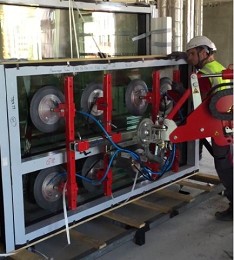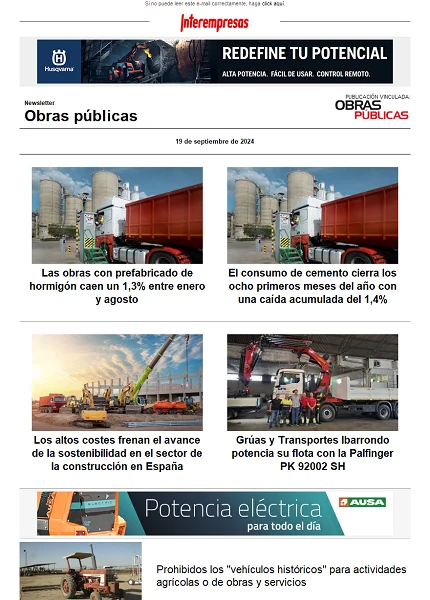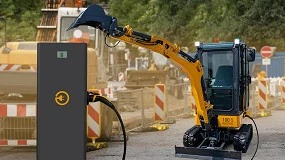Risk levels do not predict a country's economic future
His thesis, defended in the UPV/EHU (University of the Basque country), is entitled indices and external monetary and Financial Crisis of risk country: an analysis of predictive capacity in the period 1994-2002.
San Martín has remarked that the risk country and the crisis should be explored as two closely related issues. Its starting point has been the analysis of major external shocks that occurred between 1994 and 2002, to look for similarities between them.

Risky and short term investments
The countries that suffered a crisis in this period had a foreign exchange regime anchored to the US dollar and were governed primarily by trade liberalization. Its economic growth is largely dependent on foreign investment; investments which, moreover, were short-term and highly profitable projects but high risk. The lack of supervision, inflation and a current account deficit high (except in Korea in the South, Brazil and Turkey) and the problems of liquidity on foreign reserves were other characteristics of these countries.
On the other hand, the non-transparent privatization of public enterprises, a high public deficit, the inability of the Government to collect taxes and borrowing by the public sector could also affect the crises, notably Mexico, Brazil, Russia and Argentina. The Asian countries, it is striking to submit public accounts apparently sound just before the crisis. Also, it should be noted in this continent the foreign indebtedness of the private sector, dependence on exports and speculative overinvestment in stock market and real estate, market with the consequent formation of bubbles.
San Martín has defined a series of variables that reflect some of the key factors previously mentioned, and that, therefore, they could serve as pattern to provide for external monetary and financial crises episodes.
Missing key variables
Then the researcher has compared these variables with those which regulate the rates of risk Euromoney and ICRG country, and has concluded that these present certain shortcomings. For example, neither of them discusses the internal and external situation of the banking sector or the evolution of the stock market. Euromoney also omitted variables as the balance in the public budget, external liquidity or the rate of inflation, while the ICRG does the same with the evolution of the interest rate or the confidence of international markets in the country.
So the things, the thesis concludes that, due to these shortcomings, none of the two indexes reflects early financial vulnerabilities of a country, and, therefore, are unable to provide for an episode of crisis in the medium term. Anyway, the Euromoney appears to be somewhat more reliable than the ICRG. While the ICRG includes more key variables, in the Euromoney become more important financial type (debt-related) and those on the expectations of market (political risk, etc.), and it is, precisely, showing greater ability to differentiate between countries with risk and no risk.
Take the uncertainty
The ruling in the anticipation of contemporary crises requires to establish new methods to measure properly the risk country. As a starting point, San Martín points out that it should accept uncertainty as a characteristic of have globalization feature, and fail to see the events as something easily predictable. He stressed that the new methods must identify the most important sources of risk, regular to monitor the evolution of the least sustainable economic phenomena and remember that countries are now subject to the contagion effect.
About the author
Nerea San Martín Albizuri (Bilbao, 1981) has a degree in business administration and management, graduate in advanced studies and PhD in finance. He has made the thesis under the direction of Arturo Rodríguez Castellanos, Dean of the Faculty of Economics and business of the UPV/EHU (Bilbao). Also, her has presented at the Department of economy financial II of that power. Currently, San Martín is researcher and contracted Professor in the same Department.


















































































